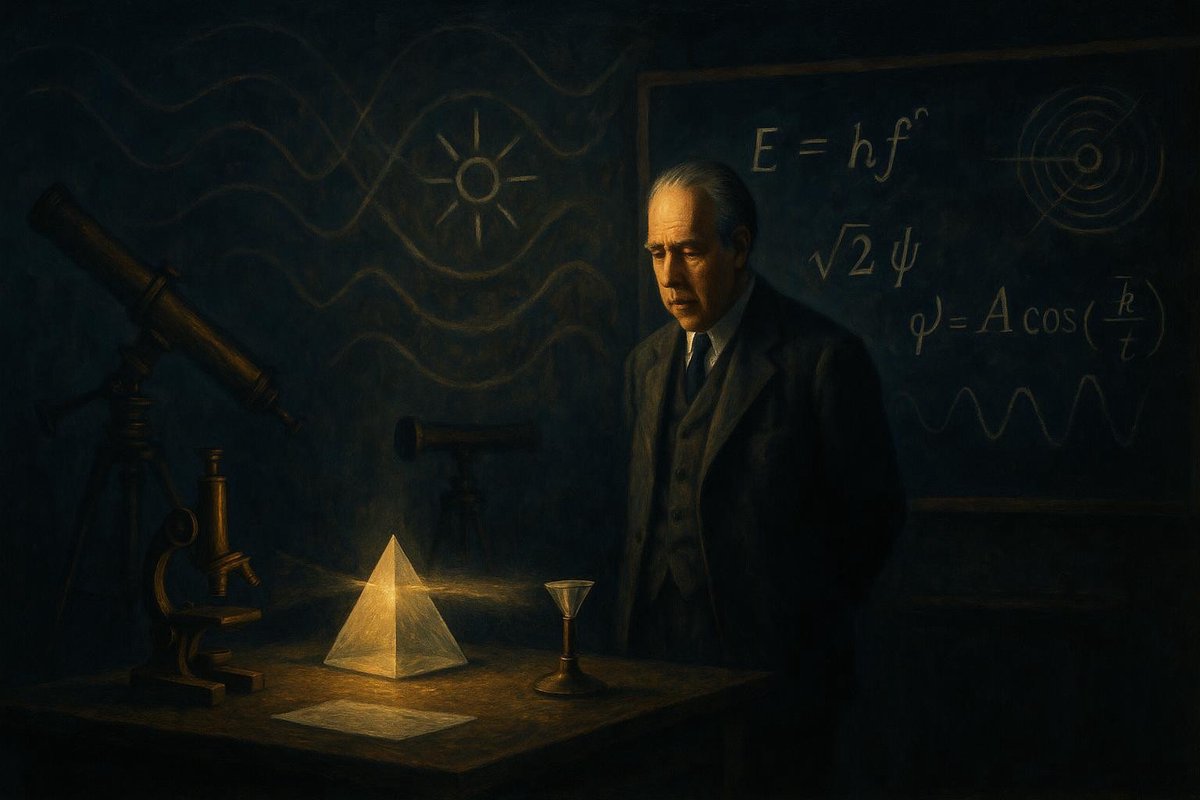
In the vast tapestry of scientific discovery, few threads are as intriguing as wave-particle duality. It serves not merely as a cornerstone of quantum mechanics but as a profound philosophical conundrum that beckons us to reconsider the very nature of reality. Picture this: a beam of light, at once a wave and a particle, defying classical boundaries and inviting us to explore the deeper truths of existence. What does this enigmatic duality mean for humanity’s quest for understanding?
Early Influences
Long before the dawn of modern physics, the seeds of wave-particle duality were sown in ancient philosophical thought. The Greeks pondered the essence of matter, debating whether it was composed of indivisible atoms or continuous waves. Fast forward to the 19th century, and these musings found new life in the work of pioneering scientists.
- In 1801, Thomas Young’s double-slit experiment demonstrated that light behaves as a wave.
- Albert Einstein’s 1905 work on the photoelectric effect suggested light also behaves as a particle.
These early revelations provided fertile ground for future breakthroughs, revealing a world where light dances between two identities, challenging the very fabric of classical physics.
Mental Models
Wave-particle duality is not just a scientific concept; it is a mental model that forces us to think differently. Many people believe that such dualities reflect the limits of human perception, offering a glimpse into a reality far richer than our senses can grasp.
- Niels Bohr proposed the principle of complementarity, where wave and particle perspectives are complementary yet exclusive.
- Heisenberg’s uncertainty principle further exposed the limits of our knowledge in observing quantum phenomena.
Interestingly, these mental models invite us to embrace uncertainty and complexity, much like a poet confronting the chaos of life. They remind us that the universe is a canvas of infinite possibilities, waiting to be explored with an open mind.
Challenges & Resilience
The path to understanding wave-particle duality was fraught with challenges. Scientists, grappling with conflicting evidence, faced a truth that seemed elusive, and at times, illogical. Yet, resilience was born from this struggle, shaping the intellectual landscape of the 20th century.
- The Copenhagen Interpretation, led by Bohr and Heisenberg, sought to reconcile these dualities.
- Schrödinger’s cat paradox highlighted the bizarre implications of quantum mechanics.
Of course, these challenges did not deter the curious minds. Instead, they fueled a relentless pursuit of knowledge, forging alliances between physics and philosophy. As time goes on, these dialogues continue to inspire new generations to ponder the mysteries of existence.
Legacy
The legacy of wave-particle duality transcends scientific circles, touching the realms of art, literature, and culture. Its enigmatic nature invites endless interpretation, challenging us to think critically about the world around us.
- The concept echoes in modern technology, from lasers to quantum computing.
- It inspires philosophical debates on the nature of reality and truth.
In a world that often seeks certainty, wave-particle duality serves as a reminder of the beauty found in ambiguity. It challenges us to remain ever-curious, questioning the boundaries of knowledge and embracing the unknown with wonder and awe.
As we reflect on the profound impact of wave-particle duality, we are reminded of the enduring power of curiosity. This concept compels us to bridge the gap between science and philosophy, urging us to ponder the deeper meanings behind our discoveries.
Fuel Someone Else’s Curiosity
In a world rich with mystery, sharing ideas is a beautiful way to ignite curiosity in others. Whether you’re discussing this article over coffee or forwarding it to a friend, let’s keep the dialogue alive. After all, each question asked, each idea shared, brings us one step closer to unraveling the tapestry of existence. Why not start a conversation today?

Leave a Reply